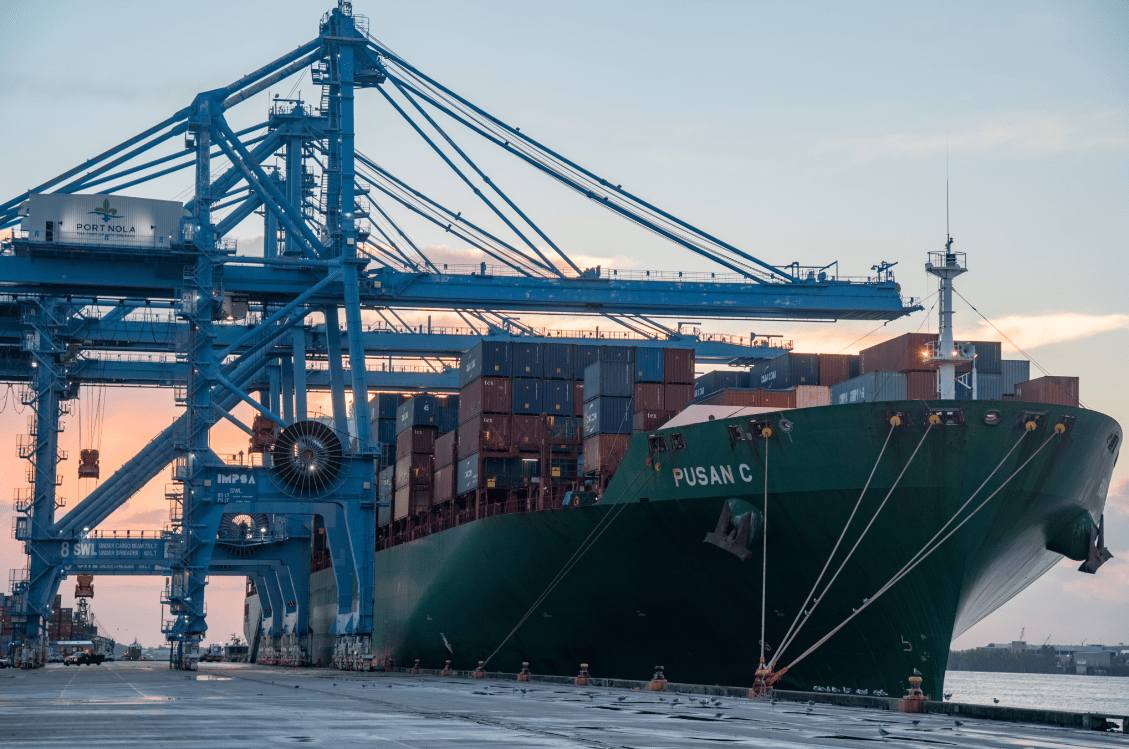The US Army Corps of Engineers (USACE) has completed the first two phases of the deepening of the Mississippi River Ship Channel, which presently provides a maximum draught for vessels to the Port of New Orleans at 50 ft.
Since phase one work began in September 2020, the ship channel has been mechanically deepened for approximately its first 200 miles, but additional efforts are required to open the deeper draught north of the Huey P. Long Bridge.
Louisiana Governor John Bel Edwards said: “The deepening of the Mississippi River Ship Channel is a transformational project that will bolster our economy, create and sustain jobs, and solidify Louisiana’s status as a global anchor for trade.”
Presently, the increased draught is available through the Port of New Orleans to the Huey P. Long Bridge at Mile 106 Above Head of Passes (AHP).
Expansion of the deeper draught above the Huey P. Long Bridge from 49 ft to 50 ft will require additional improvements although the dredging has been completed to Mile 175 AHP along with the additional 20 miles of Southwest Pass (195 miles total).
The Mississippi River Ship Channel is home to four of the Nation’s top 15 ports by annual tonnage (Port of Greater Baton Rouge, Port of South Louisiana, Port of New Orleans and the Plaquemines Port Harbor and Terminal District).
The overall costs for the project were estimated at US$250m, the State of Louisiana committed US$81m to match the non-federal sponsor cost-share.
Senator Bill Cassidy said: “Bigger ships carrying more cargo means more jobs and economic opportunity for Louisiana and the Nation. This project is a top priority for Louisiana’s entire federal delegation.”
The M/V CAPRI loaded with a record 134,706 tonnes of coal was the first vessel to transit on the ship channel with a draught of 50 ft upon departure.
The USACE’s Economic Justification Report identified the benefit-to-cost ratio at 7.2-to-1, calling the project one of national and international significance, as the ship channel moves more than 500m tonnes of cargo annually, including 60% of the nation’s grain and 20% of the nation’s energy.
Big River Coalition executive director Sean Duffy said: “The deepening generates increased waterborne transportation cost savings that provides the US a strategic advantage to compete in global markets.
“The Mississippi River connects more miles of navigable waterways than the rest of the world combined and maximising this Big River is critical to maximizing our greatest artery of trade.”






